“It wasn’t by chance that I met Daniel Argimón behind a press, adjusting different print runs of a “bon à tirer” as a teacher of printmaking techniques at the Escuela de Artes y Oficios in Barcelona. His struggle with the press, his care when inking, his precision when printing, his dedication to the ritual of preparing the plates, his psychic tension at the moment of outlining forms and compositions, revealed a passion and obsession for engraving, which made him one of the most proliferous creators of this specialty and one of the Catalan artists who has devoted the most attention to it and achieved the best results”. These words by Daniel Giralt Miracle, in the catalogue of the exhibition at the Museo Nacional de la Estampa in Mexico City (“The Graphic Empiricism of Daniel Argimón”, August-September 1991), are a good illustration of the artist’s devotion for printmaking, as well as the tenacity of his work in this field.
Argimon’s interest in printmaking began in his youth when he worked from 1952 to 1956 in the publishing house run by his maternal grandfather, which was dedicated to the reproduction of religious and artistic images. In the technical section of the company, Argimon selected papers, adjusted colours and checked print runs. A few years later, during his stay in Paris in 1965-1966, the artist perfected his knowledge of lithography at the École des Beaux-Arts and, in 1968, he studied silkscreen printing at the Pratt Center Institute in New York. In 1973, his acknowledged mastery of lithography led him to be appointed professor of this printing technique at the Escola d’Arts Aplicades i Oficis Artístics (Llotja) in Barcelona, where he carried out a significant teaching work until his retirement in 1995.
The artist’s dedication to printmaking, particularly lithography and etching, was a constant in his career since his first work in 1960, and went hand in hand with his pictorial work in terms of content and style, as Giralt Miracle also pointed out in the aforementioned catalogue: “The Daniel Argimón who works on the canvas is in no way different from the one who uses zinc or copper plates or silk-screen, or the one who interweaves techniques, inventing new plastic qualities that he puts at the service of his fertile narrative […]. His printed work, like his painting, manifests an undeniable textural obsession that addresses both visual and tactile perception”. Similarly, Bauerle had already noted in the catalogue of the 1988 Ulm exhibition (“Zur Graphic von Daniel Argimon”) the parallels between Argimon’s work in painting and in printmaking. According to Bauerle, the artist seems to deal with “the copper plate, the lithographic stone, as if they were a piece of paper, as if fingers and brushes were performing the same kind of intervention”. It should be noted that Argimon’s graphic work as a whole is characterised by its small print-runs —only two signed copies of his first lithograph exist— which reflects an approach which, far from being purely mercantile, is centred on the production of the work, since what is important to the artist is not so much the series as the effects of the expressive medium used.
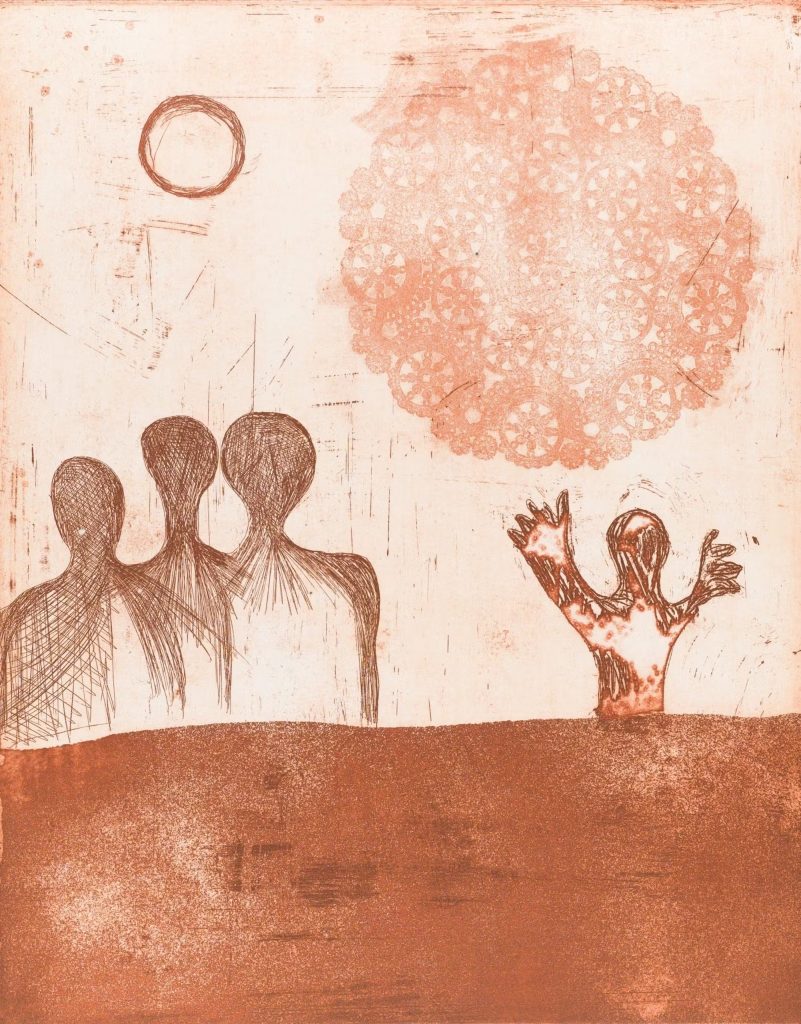
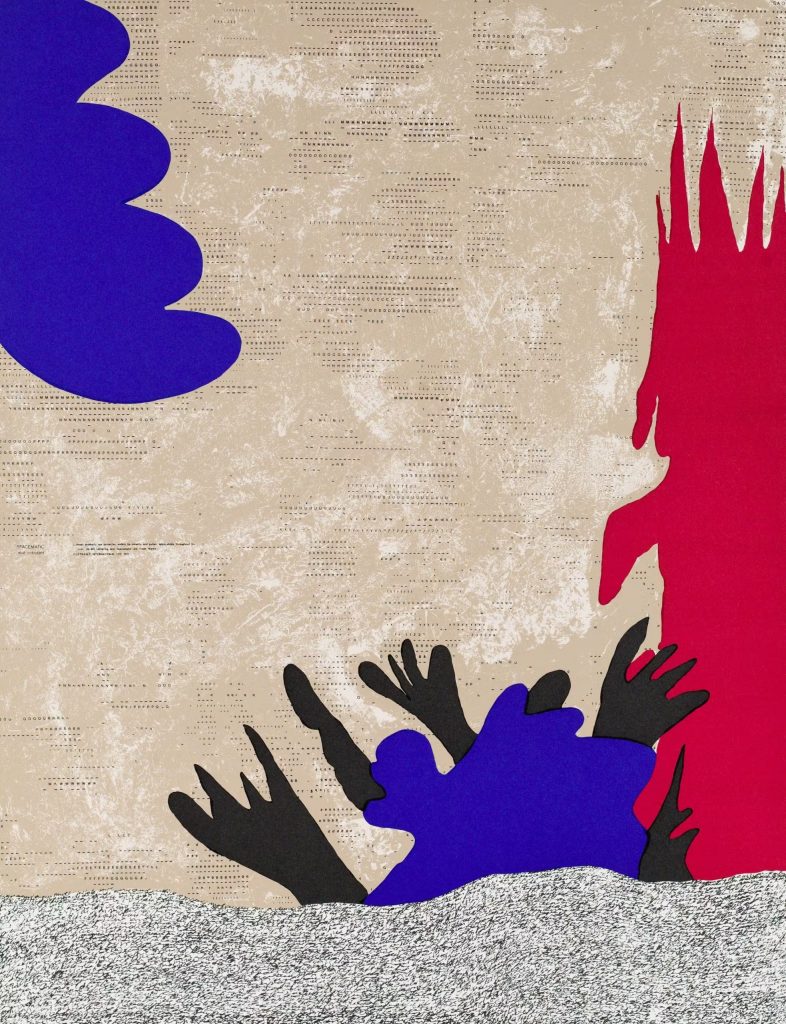
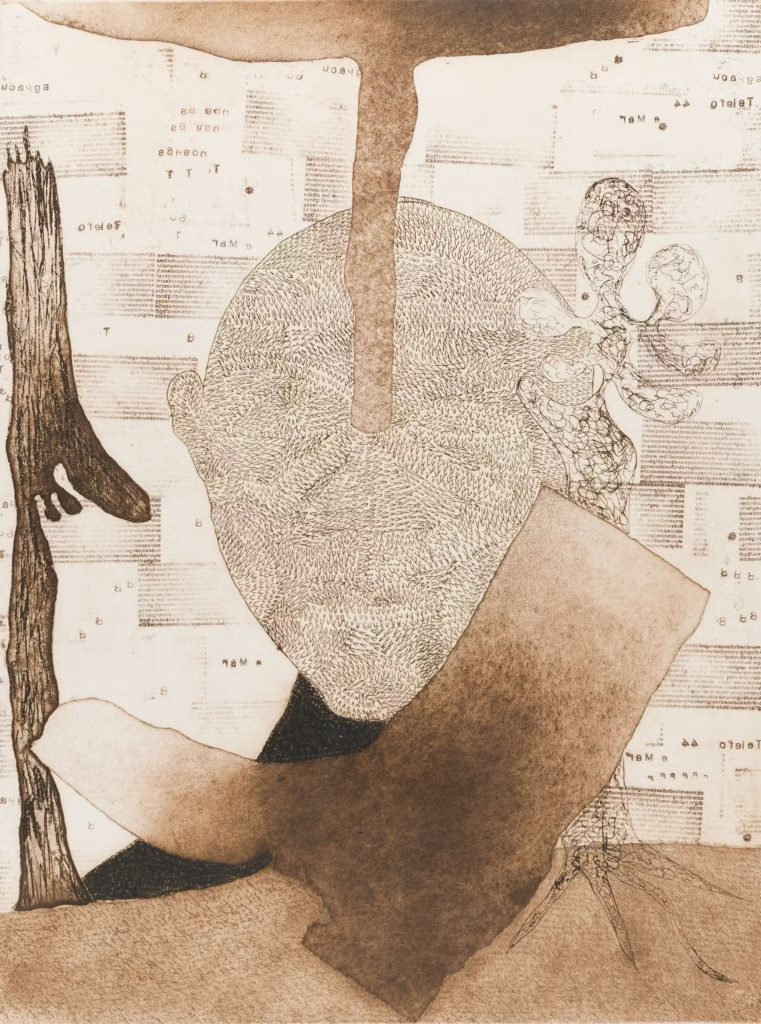
Some of Argimon’s prints are collected in albums and portfolios that are centered around an idea, evident through the images and accompanying texts. This is the case with the first portfolio, El coure, l’àcid i la resina: 5 resultats (1967), with five engravings —which range from a slight figurative reference to abstraction— and an introductory text by Roland Barthes on language. The same characteristics are found in the portfolio Equidistancias (1969), edited by Argimon himself, which include five silkscreen prints and an introduction by Enrique Salgado about the artist’s spirit. These works were followed by the Àlbum DA (1971), also with five silkscreen prints and published by the Adrià Gallery, and La Noticia (1970), a portfolio of five lithographs introduced with a text by José Agustín Goytisolo and published by Santos Aparicio. In 1977, the artist published, with La Polígrafa, the Eines folder-series that contains five etchings and, in 1983, Editart (Geneva) published Objects de la Nuit, which included an etching, and a poem by José Ángel Valente.
Argimon was also interested in the publication of artist books. In this field, of particular note is De oca a oca, published in 1969, with photographs by José Adrián, in which screen-printing techniques are mixed with collages, cut-outs, photographs, drawings and texts. A year later, the artist designed the book by the poet Ramon Canals, Poemes de 7 i no res. In 1975 Consejos appeared, a book published by Pascual Fort, which brought together twelve etchings and twelve pieces of advice by Ana Maria Moix.
From 1967, the artist’s printwork was exhibited in various group shows in Spain: El arte de grabar (Barcelona, 1967), Estampa popular (Barcelona, 1967 and 1985), Gravadors catalans d’avui (Barcelona, 1968), Feria del grabado (Barcelona, 1970 and 1972), 12 mestres contemporanis espanyols d’obra gràfica (Barcelona, 1973), Galería nova obra gráfica (Barcelona,1974), Gravat contemporani (Girona 1974), Obra gràfica. Grans mestres del segle XX (Barcelona, 1976), Mini gravat internacional (Terrassa, Vic, Tarragona, Lleida, Girona and Barcelona, 1982), Calcografia contemporània a Catalunya. El gravat de creació (Barcelona, 1983), El grabado hoy: Catalunya (Madrid, 1984), Bienal de arte gráfico (Huesca, 1985), L´escola d´estiu internacional de gravat (Calella, 1986), Obra gràfica (Barcelona, 1987), Mini Print Internacional (Colliure, 1988), Obra gráfica Ab (Granollers, 1990), Gràfic art (Barcelona,1991 and 1992), Cop d´ull gràfica (Figueres, 1991), 1ª Trienal de arte gráfico (Oviedo 1995), Estampa (Madrid, 1995), Bicentenario de la litografía (Madrid, 1996).
The artist’s prints also travelled to various international cities: Arte de España sobre papel (Santiago de Chile, Quito and Montevideo, 1972), 3ª Bienal internacional de grabado (Buenos Aires, 1972), Litografías originales (1979), Obra Gráfica (Mexico City, 1982), Grandes éditions illustrées (Geneva, 1983), 9 British International Print Biennale (Bradford, London, Middlesbrough, Aberdeen, Swansea and Worcester, 1986), Graphica Creativa 87 (Jyväskylä, 1987), Mini Print Internacional (Seoul, 1988), Anthologie d’estampes originelles (Lyon, 1995).
The eighties were for Argimon years of fulfillment and it was during these years that the artist’s international prestige was consolidated, not only for his pictorial work but also for his work in printmaking. In 1983, Argimon was awarded the Mini Print International Printmaking Prize (Cadaqués), in recognition of his work in the field of graphic art. In 1989, the Union Régionale pour le Développement de la Lithographie d’Art (URDLA) invited him to its workshops in Lyon to produce an edition of lithographs.
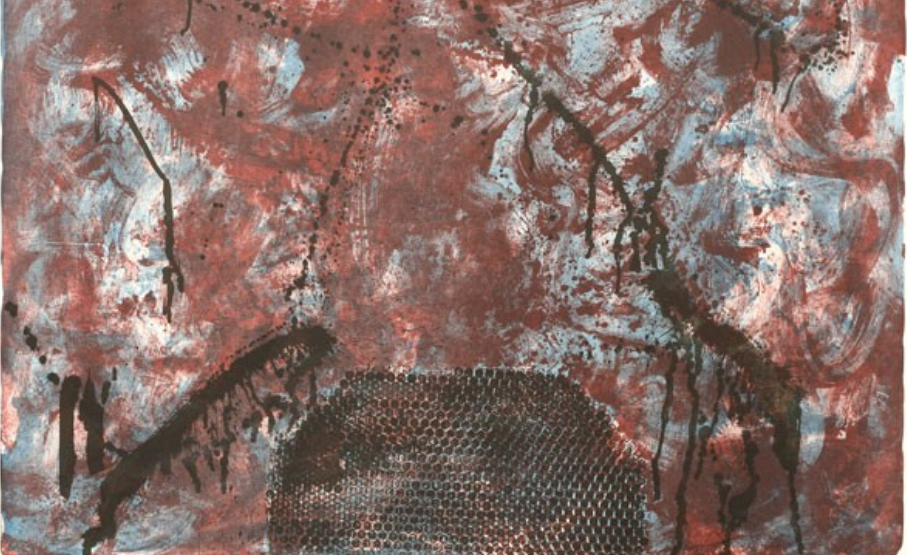
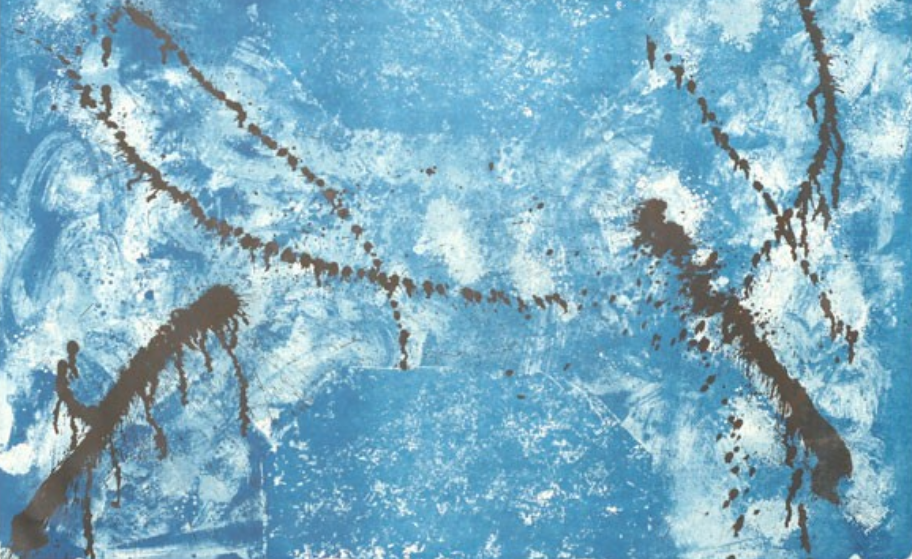
A year earlier, in September 1988, the Franz Spiegel Buch gallery in Ulm had presented an exhibition of a total of 100 works by Argimon: engravings, lithographs, serigraphs and linocuts, and published a complete catalogue reproducing almost all of the one hundred and fifty prints produced by the artist up to that time. Three years later (1991), Argimon exhibited his collection of prints produced between 1975 and 1991 at the Museo Nacional de la Estampa in Mexico City. For this exhibition, the museum published a catalogue raisonné that complemented the whole inventory of the artist’s graphic work. Both exhibitions, with their respective catalogues, offered a complete overview of the evolution of the artist’s work and attested to the long road he travelled.
Printmaking editions (portfolios and books)
1967
EL COURE AMB L’ÀCID I LA RESINA: 5 RESULTATS (Copper with acid and resin: 5 results)
5 etchings
Text: Roland Barthes
Editor: Oriol Duran

1969
EQUIDISTANCIAS (Equidistances)
5 screen prints
Text: Enrique Salgado
Editor: Daniel Argimon
DE OCA A OCA Y TIRO PORQUE ME TOCA (The Royal Goose Game)
Book
Photograph: José Adrián
Technique: Screen print
Editor: José Adrián-Daniel Argimon
1970
POEMES DE 7 I NO RES (Light Poems)
Book
Poem: Ramon Canals
Editor: Ramon Canals
LA NOTICIA (News)
5 lithographs
Poem: José Agustín Goytisolo
Editor: Santos Aparicio
1971
D.A. 55-71 (D.A. 55-71)
5 screen prints
Editor: Adrià Gallery
1975
CONSEJOS (Some Pieces Of Advice)
12 etchings
Text: Ana Maria Moix
Editor: Pascual Fort
1977
EINES (Tools)
5 etchings
Editor: La Polígrafa
1983
OBJETS DE LA NUIT (Night Objects)
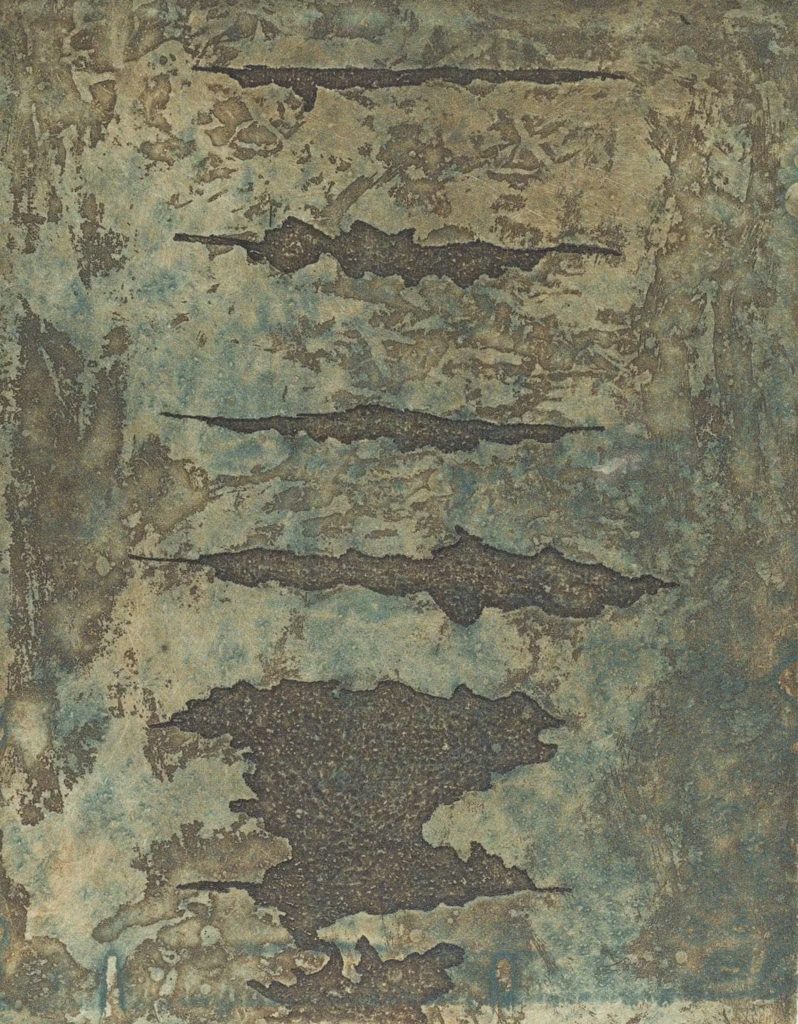
1 etching
Poem: José Angel Valente
Editor: Editart